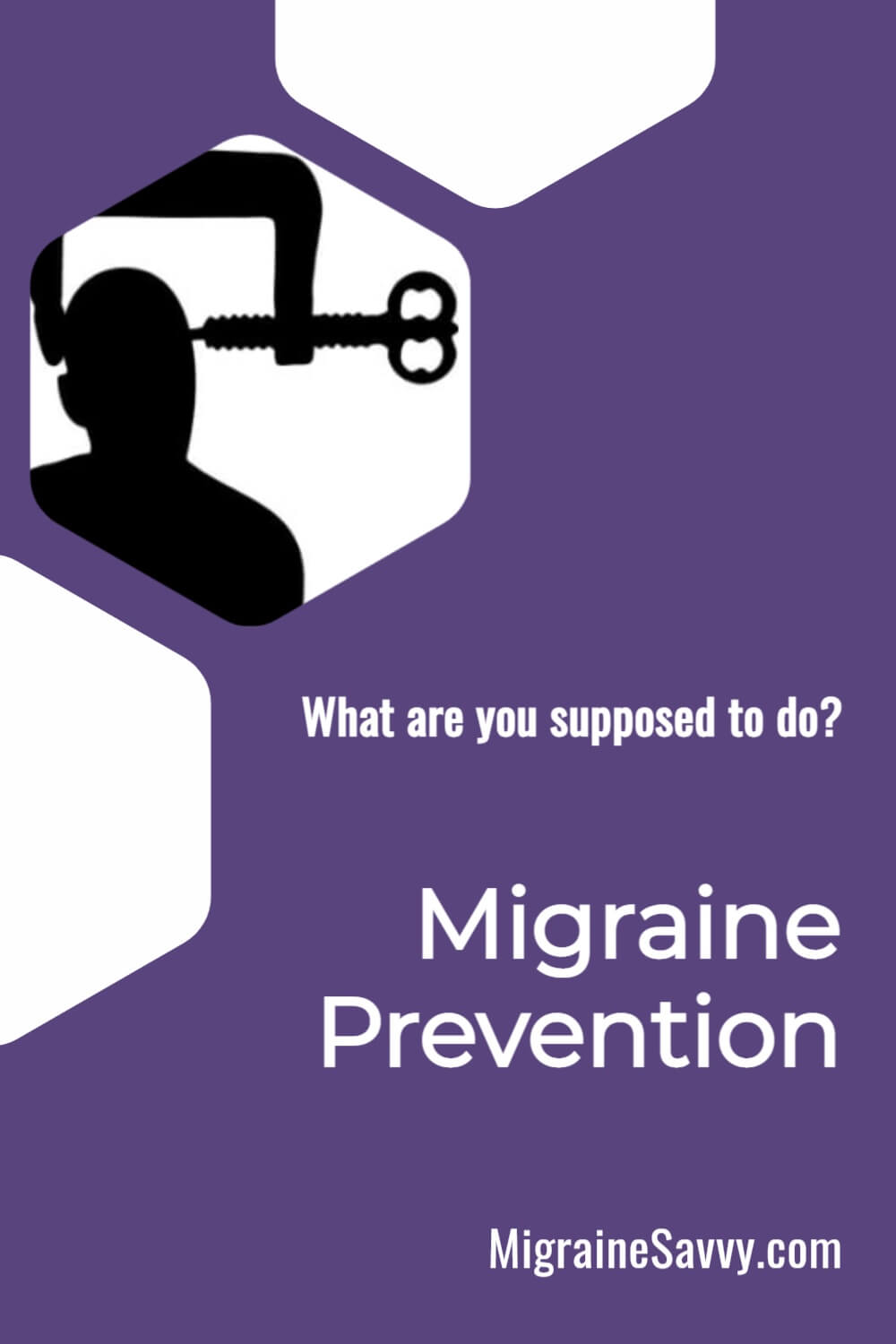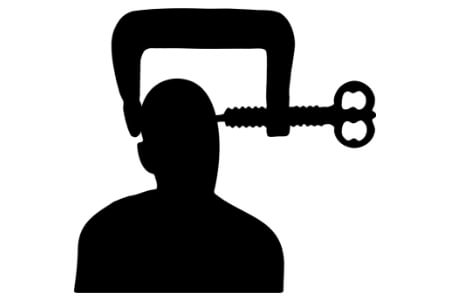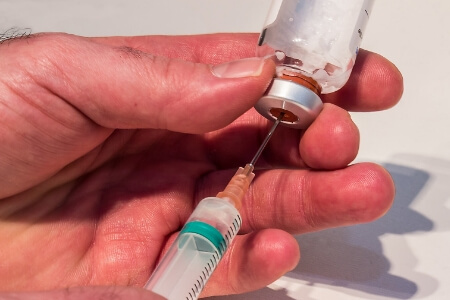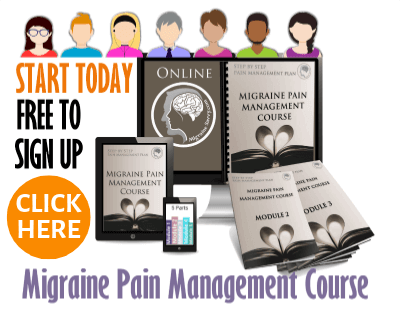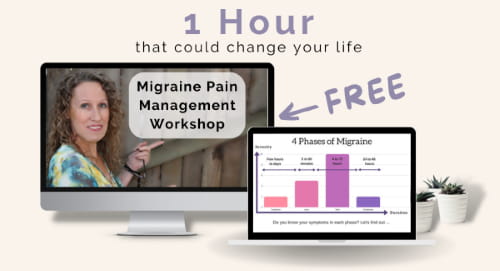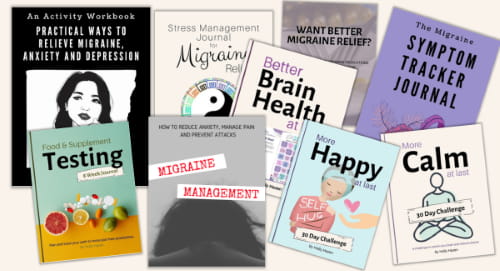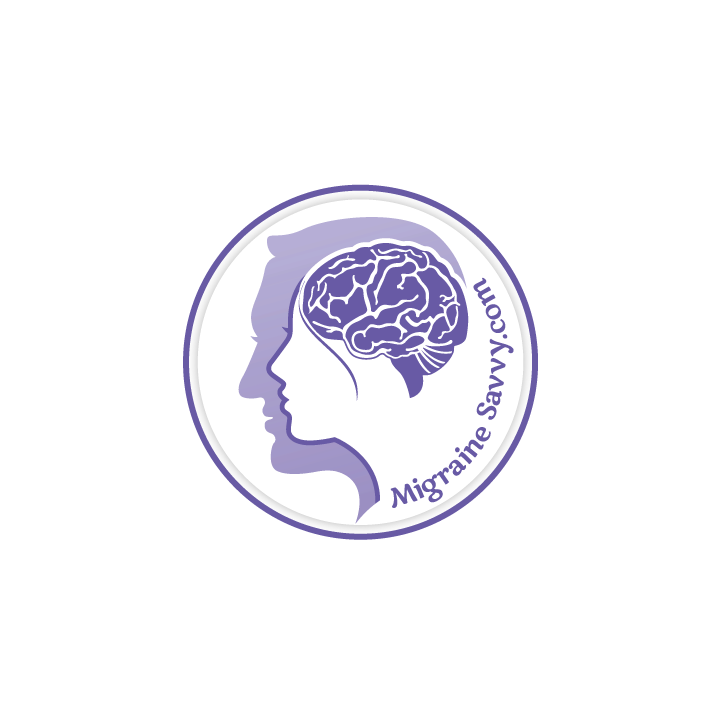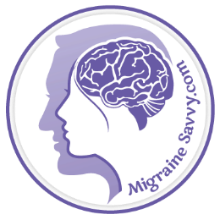- Home
- Prevention Tips
Magnesium Deficient = More Migraine Attacks
Science confirms this hidden trigger.
Get all 7 forms your body actually absorbs in one bottle.
🎁Save 10% with my code!
Magnesium Deficient = More Migraine Attacks
Science confirms this hidden trigger. Get all 7 forms your body actually absorbs in one bottle +
🎁Save 10% with my code!
What's Your Role In Migraine Prevention?
What is your role in your migraine prevention? Who is the expert? Your doctor, your headache specialist, the neurologist, or your natural therapist?
Well... none of those. You are the expert my friend, because you know your body best.
For effective prevention you may be told to try a triptan, take a prophylactic, eat right, avoid your triggers, exercise, keep regular routines. But what if none of these things work?
You'll need to learn to listen to your body and hone your awareness skills. (I can help with that bit!!)
When it comes to pain and preventing an attack, you will need to depend on your doctor for a solid pain management plan including medication(s).
You'll likely be paying good money for other experts... listen to them, gather your information, and then I suggest that you become your own advocate.
Your role is to make wise choices.
Here are some tips to help you form a better strategy with your doctor and yourself.
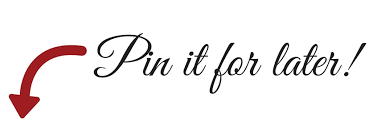
Form A Migraine Prevention Strategy With Your Doc
For years I thought it was my doctor’s duty to help me live a pain free life. That she/he would know exactly what would work. Boy was I wrong. Many doctors know very little about treating migraine... effectively.
Please don't make the same mistake I did by giving all my power away to the doctor. Granted things were different then, there was no internet just for one example, but please remember that YOU make the final decisions.
Your doctor, or better yet a headache specialist, can provide you with the information about current medications and treatments. And tell you what else is available in the way of complementary medicine.
Here is a list of new treatments you can use.
It's beneficial for you to play the primary role and be an informed savvy (shrewdness and practical knowledge; the ability to make good judgements) advocate for your own health and well being.
Be sure to educate yourself on lifestyle choices like: increased awareness around food triggers, exercise, meditations, relaxation techniques and CBT to re-train your thoughts and all the new and improved migraine medications available.
You have a better chance now to find some form of pain relief and develop your own pain management strategies than ever before.
My #1 Choice in Magnesium Supplementation
3 Ways To Help You Make Wise Choices
The best way to make wise choices and decisions is to educate yourself. I recommend doing these three things:
- joining the annual Migraine World Summit for free,
- reading my eBook Migraine Management: How to Reduce Anxiety, Manage Pain and Prevent Attacks and
- enrolling in my Migraine Pain Management Course that pretty much covers everything including the best ways to work closely with your doctors.
This covers all your bases.
The National Institutes of Health (NIH) cites preventative measures for migraine in a study called the “Current options for the prevention and treatment of migraine.”
The results were:
#4. maintaining regular eating patterns
#5. maintaining regular work habits and
#6. finding the correct drug therapy
The study also found that preventative medications used to reduce the frequency of migraine tended to be less effective than medications for treating acute migraine attacks.
The family of Triptan drugs were found most effective and generally better tolerated and were considered the "drugs of choice for the acute treatment of moderate to severe migraine."
Medications commonly associated with treatment of other conditions like depression, high blood pressure or seizures, have also been found useful as prophylactics in preventing migraines.
The most common ones are: Amitriptyline (Endep), Pizotifen (Sandomigran), Propranolol (Inderal), Sodium Valproate (Epilim) and Topiramate (Topamax, or Epiramax).
My #1 Choice in Magnesium Supplements
Migraine Prevention Steps You Can Take Yourself
1. Keep a detailed Migraine Diary and medication records that will assist you in future prevention and pain management strategies.
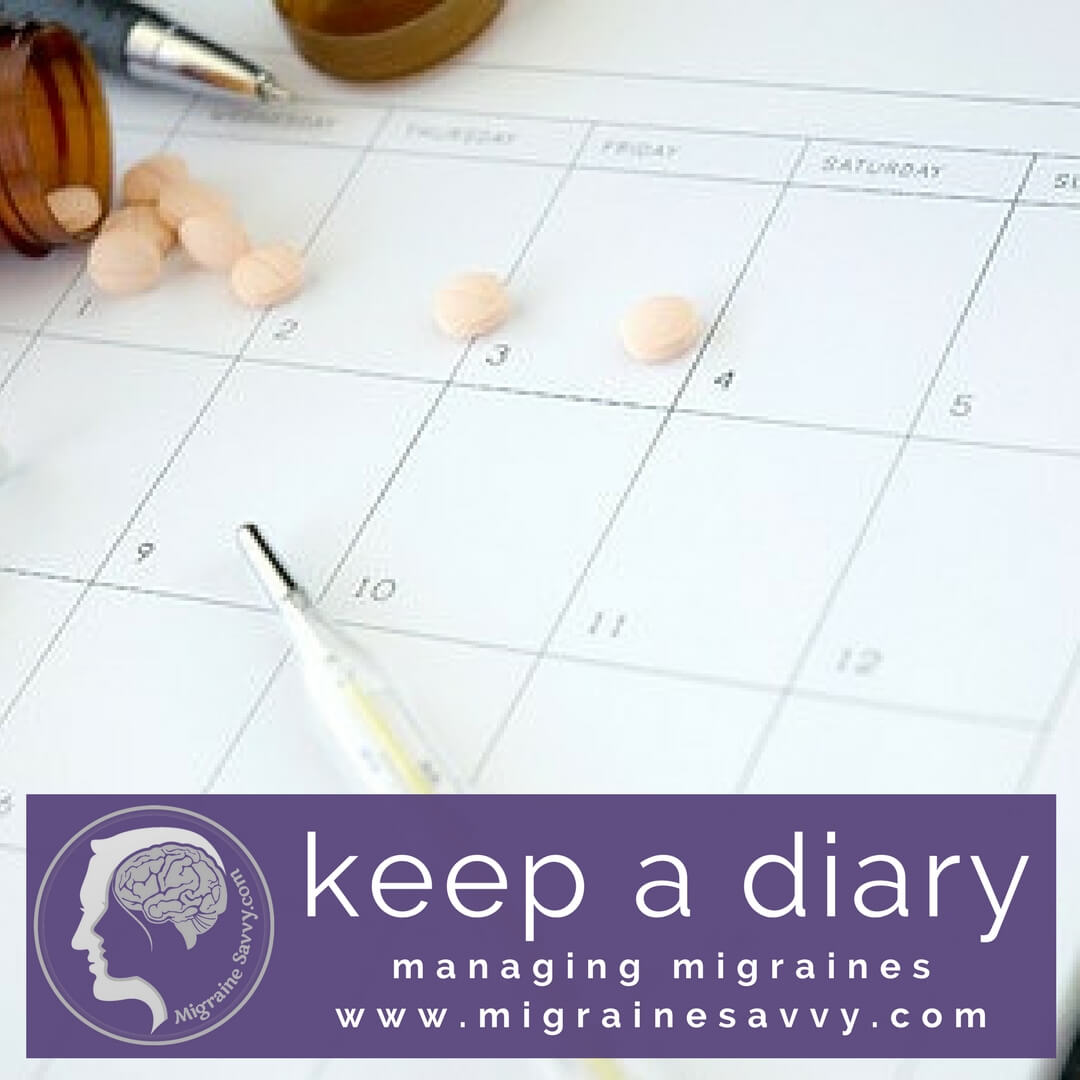 Keeping a diary or journal is essential.
Keeping a diary or journal is essential.I have a copy of the one I use, with a few other tools, that you can download right away when you join my mailing list.
2. Tell your doctor your goals for pain management. They might differ from what s/he can actually provide. Some physicians aim for a 50% reduction in rate of recurrence, severity and length of time the attacks last. And your expectation might be a ‘cure’.
Develop a written plan for treating your attacks with your doctor (step-by-step details in my course), and familiarize yourself with the preventative medications. You need a pain management strategy.
3. Make sure your information is from a reliable source. Be cautious of advice from friends, health practitioners, or talk show hosts who might mistakenly think migraines are just bad headaches.
4. Develop a lifestyle treatment plan - see my article for doing a new treatment plan here.
5. Use Cognitive Behavioral Therapy (CBT) - here is a link to my post on CBT for Migraines. As a qualified counsellor (MCAP) I can assure you that calming down your mind and irrational thoughts really can make a difference. Module two of my course covers this more in depth.
6. And here is one more way to be proactive with migraine prevention - Migraine Light Sensitivity: How To Reduce It.
My #1 Choice in Magnesium Supplements
Try New Treatments for Migraine Prevention
There are so many other treatments available now that are commonly recommended for migraine prevention and pain relief, but it can take some experimenting to find what works.
You are so lucky, you have so much to choose from now. Think of those before us who had to eat raw onion sandwiches, or even farther back to times when they drilled holes in our skulls to relieve the pain!
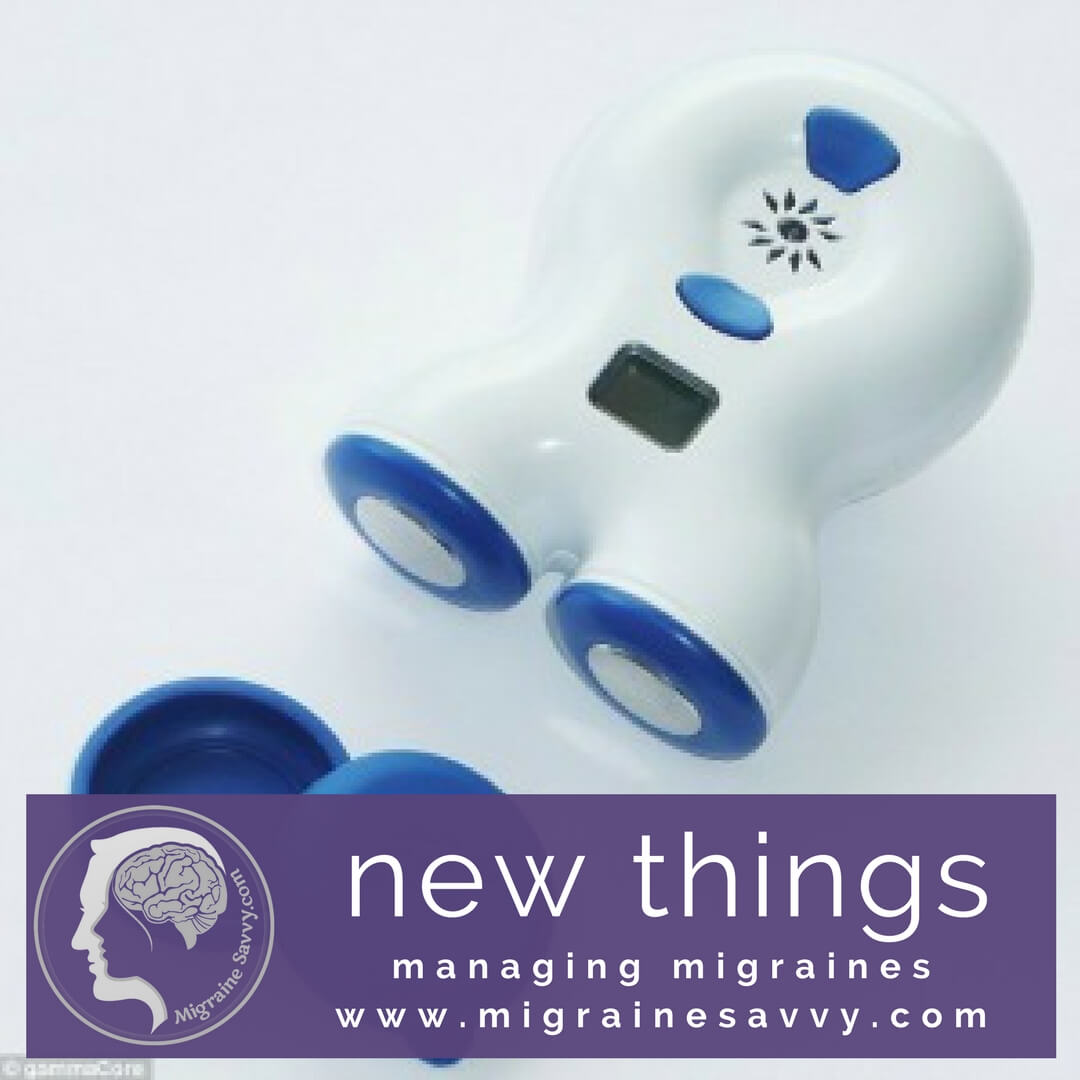 The gammaCore Device has proven results.
The gammaCore Device has proven results.Some of the mainstream complementary treatments used now are: acupuncture, relaxation exercises, chiropractic, physiotherapy, massage, biofeedback and (CBT) Cognitive Behavior Therapy for behavioral modifications.
Acupuncture, biofeedback and CBT have the most evidence behind them.
Other treatments freely available in the US and the UK that are very difficult to find here in Australia are:
- Occipital Nerve Blocks
- Botox Injections (for migraine headaches only)
- I-V Therapy
The best results for effective pain relief are with a combination of these alternative treatments together with the right medications for you – both preventive and abortive. OR you can try the newest medications designed to target migraines... I've written about them here:
So there you have it. The best way for migraine prevention is to combine traditional medicine and some complementary therapies to find the mix that works best for you.
Until next time, be well and be pain free.
More Articles In This Section
MIGRAINE PREVENTION Related Articles
WANT MORE TIPS? Subscribe to my newsletter and follow along on Facebook and Pinterest for all of the latest updates.
How to be more MIGRAINE SAVVY right now...
Migraine Prevention References:
1. Adelman J.U. and Adelman R.D. (2001) Current options for the prevention and treatment of migraine. Clinical Therapeutics 23(6) pp. 772-88, cited on U.S. National Library of Medicine – National Institutes of Health (NIH). Available at: http://www.ncbi.nlm.nih.gov/pubmed/11440281 Accessed June 20, 2016. Updated June 10, 2021..
2. The American Migraine Foundation (2016) Essentials of Migraine Management. Available at: https://americanmigrainefoundation.org/essentials-of-migraine-management-5-abortive-treatment Accessed Aug. 8, 2016.
